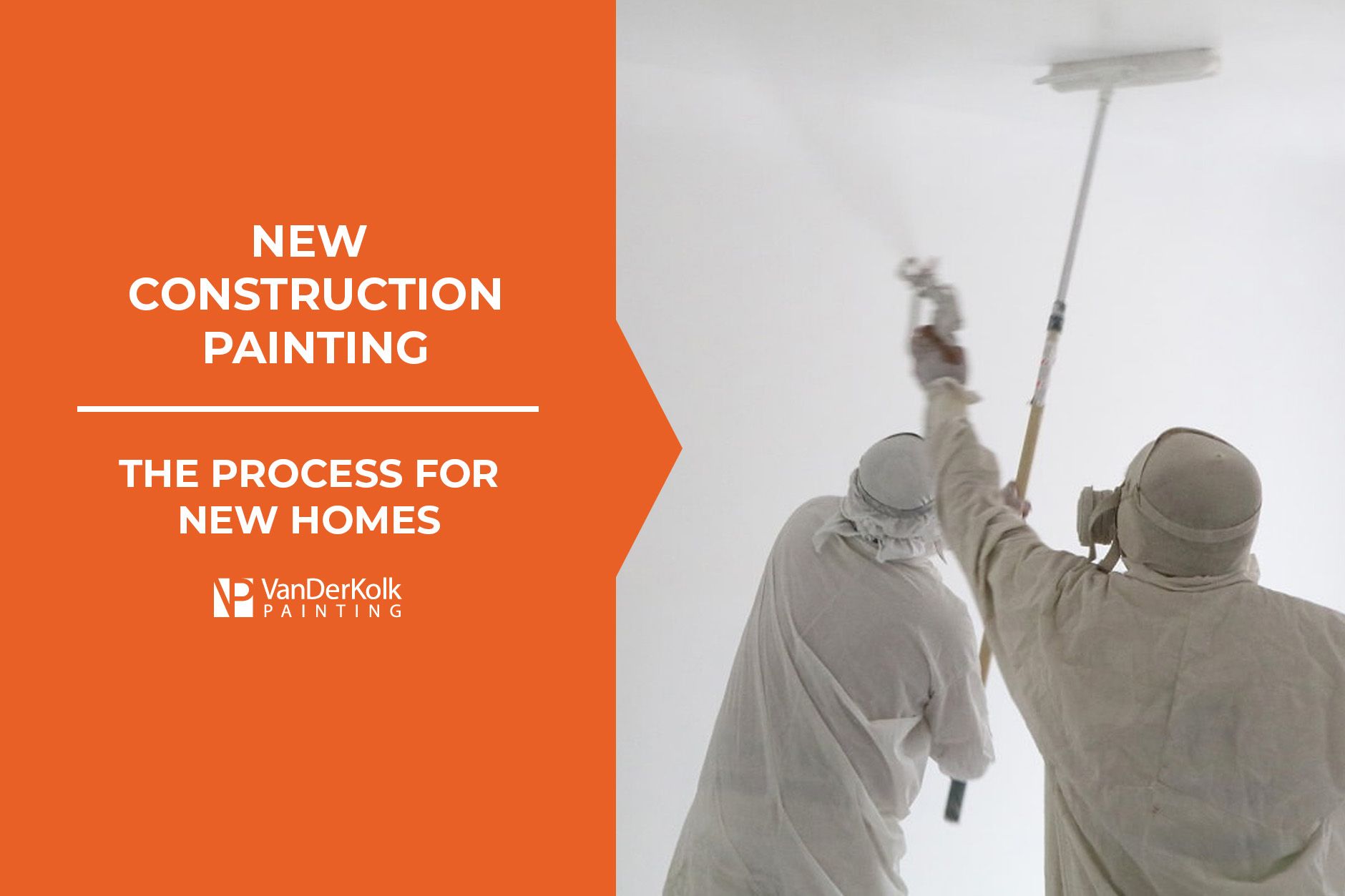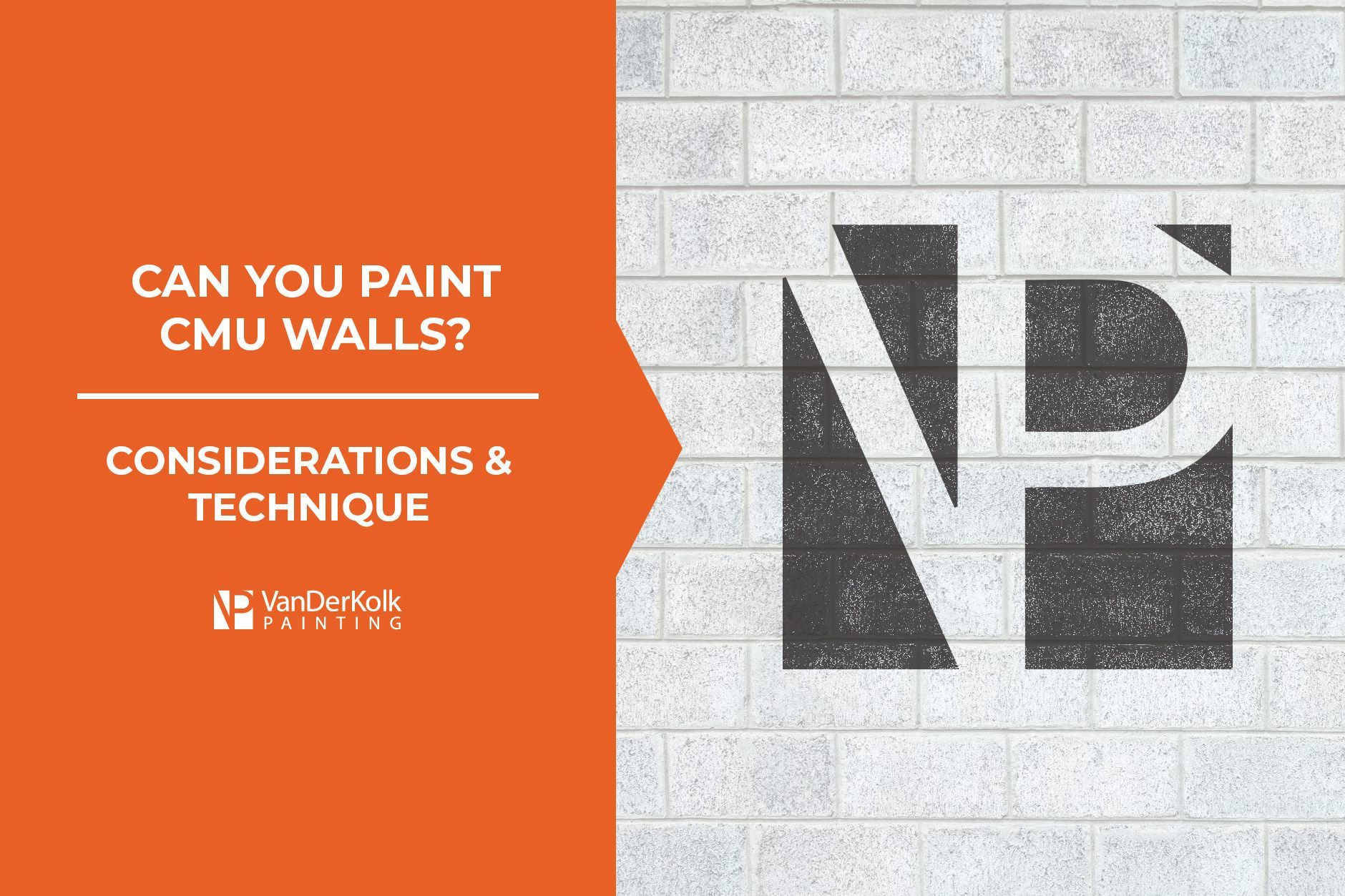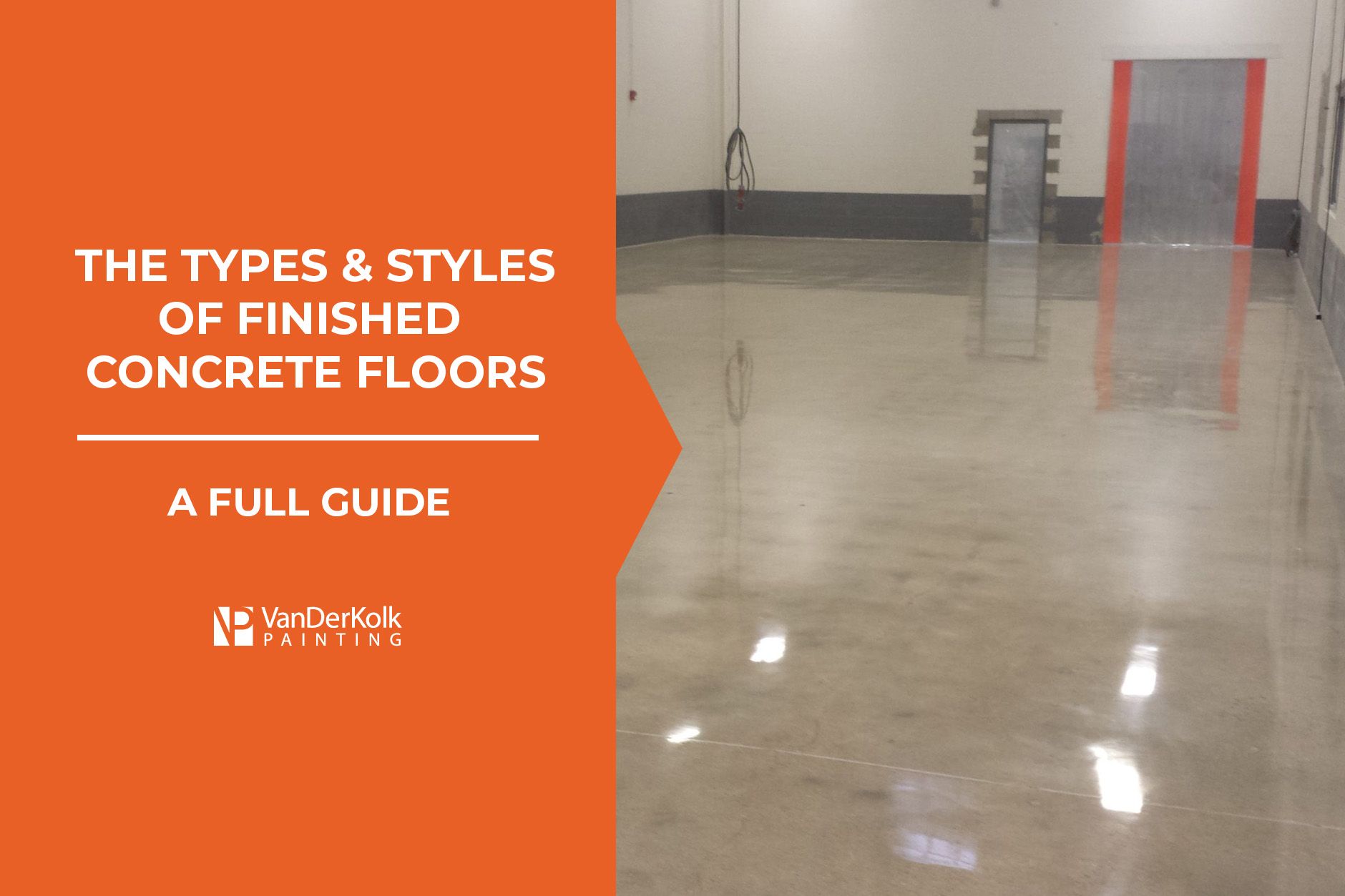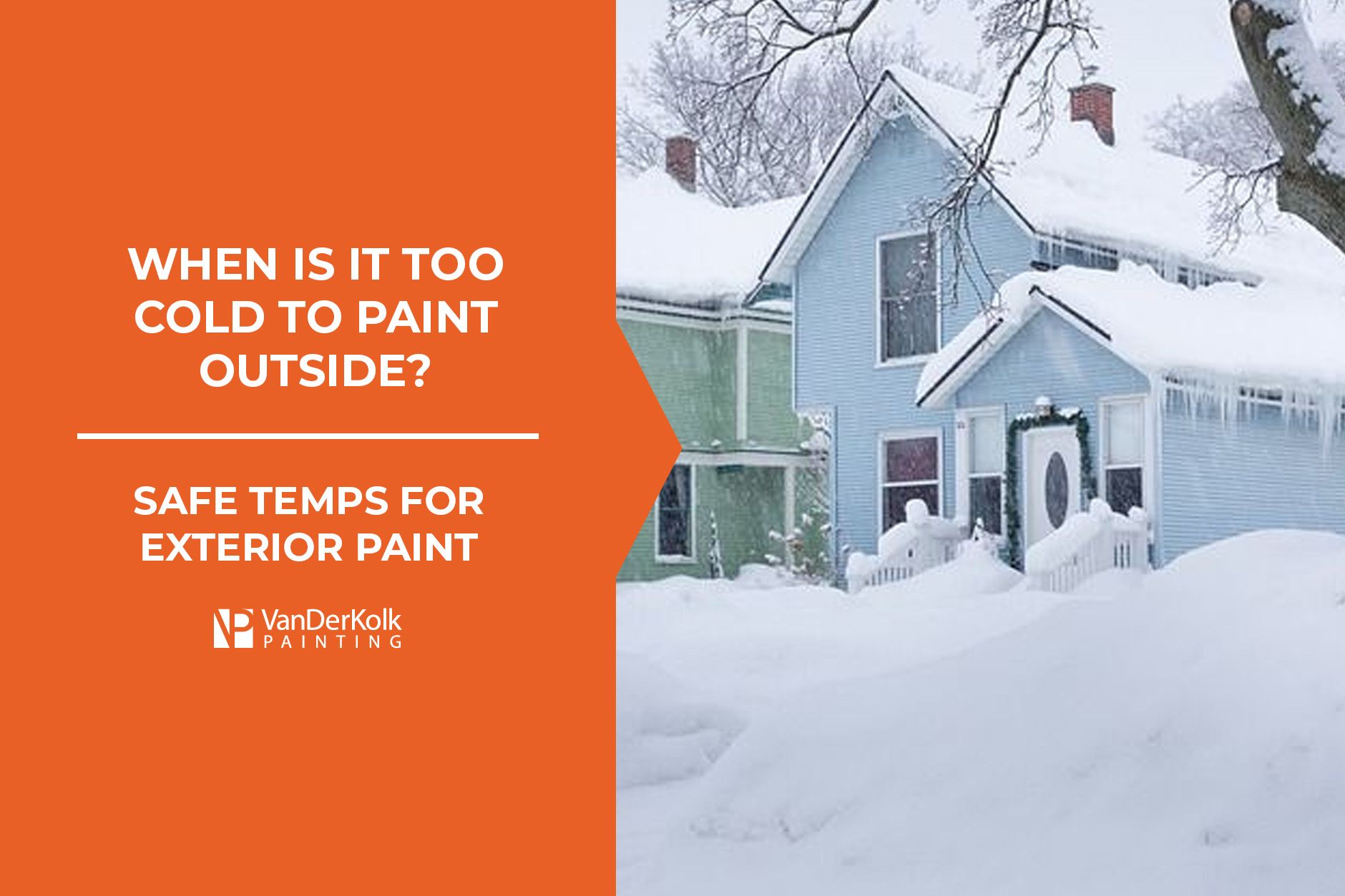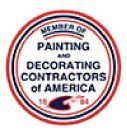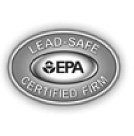5 Signs That Mold Has Been Painted Over (and What to Do About It!)
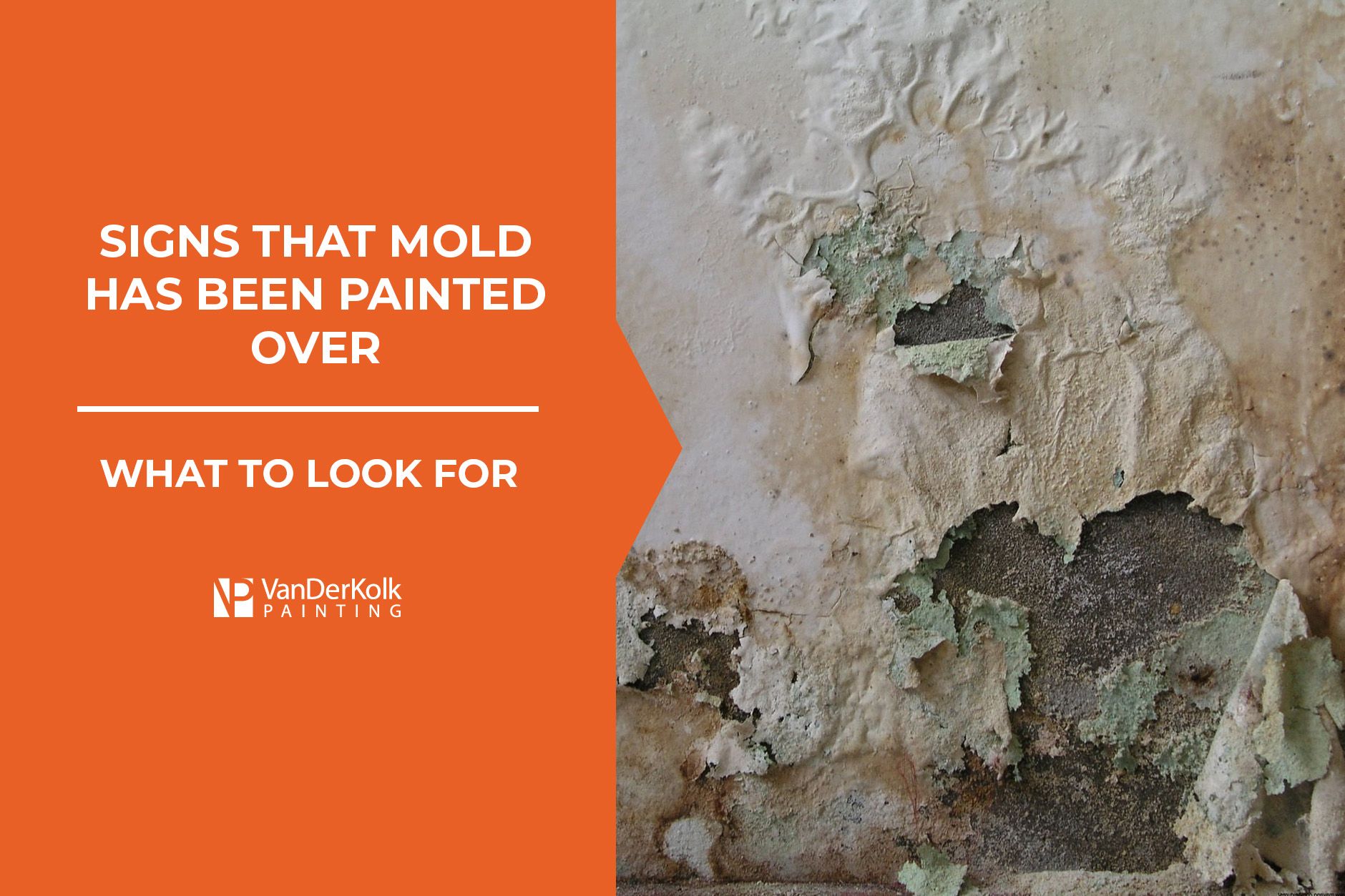
So, you’ve just moved into a new home or your new rental property and notice that there may be something a bit off about the paint. In some rooms, you notice the paint bubbling or peeling, possibly due to low-quality paint or not waiting long enough between coats. Or it could be that mold has been painted over!
You have no idea what the previous owners or tenants did to these walls. Some (misinformed) people may slap a coat of paint over some mold and call it a day. But if you’ve read our previous blog answering, “Can you paint over mold?” you know it’s not a good idea.
If you suspect that mold has been painted over, these are the signs to look out for and what you can do about it!
Signs That Mold Has Been Painted Over
Unfortunately, covering mold with a coat of paint doesn’t make the problem go away. It simply hides it for a bit but does not remedy the mold situation. Here are some signs that mold has been painted over in your home.
1. Bubbling or Peeling Paint
There could be a few reasons for bubbling or peeling paint, but one of the most common is mold growing underneath it. You will likely see this in areas with a lot of moisture, like in the bathroom or the kitchen above the stove.
2. Discoloration or Stains
When mold has been painted over, it can start to show through the paint. It often looks like stains on the wall that take on a yellow or brown color. You’ll likely notice these stains through light-colored paint or on the ceiling.
3. Uneven Surface Texture
Depending on the type of walls you have, you may notice that the texture is strangely uneven or even bumpy in some areas. This is a tell-tale sign that mold has been painted over. When you run your hand over the area, it will be rough to the touch and is inconsistent with the rest of the wall.
4. Dark Spots Under the Paint
One of the less noticeable signs that mold has been painted over is faint shadowy areas on the walls or ceilings. You’ll likely only be able to notice these dark spots in direct light, causing them to go unnoticed in many spaces.
5. Soft or Spongy Wall
If you suspect mold is growing underneath the paint on your wall and press on it only to feel that the wall is spongy, soft, or even crumbles, then you have an extreme case that should be addressed immediately. If the wall has been compromised, the mold has grown through the underlying structure.
What to Do If You Discover Painted Over Mold in Your Home
You’ve determined there is mold under paint in your home now that you know the signs. But what can you do about it? Since some mold can be toxic and harmful to your health, it’s important to address the situation as soon as possible!
Identify the Moisture Source
Believe it or not, the first step isn’t to get rid of the mold; it’s to identify what is causing the mold to grow. When you address the root issue, you’ll never have to worry about mold growing again.
Sometimes, the fix is as simple as adding some more ventilation or a dehumidifier to a room to stop mold from growing.
Assess the Extent of the Mold
Now, it’s time to tackle the mold problem. Examine and assess just how much mold there is and the space where it has grown so you can create an action plan to get rid of it once and for all.
Remove the Paint
Using a paint scraper, sandpaper, or a heat gun, remove the paint that is covering the mold. Try to avoid creating too much dust, as the mold spores could mix in and be inhaled by you and your family.
Test the Mold
When dealing with mold, it’s always a good idea to test it with a home testing kit and see what exactly you’re dealing with. In the case of black mold, you can expect to use harsher products to eliminate it. In some situations where mold is more dangerous, it’s recommended to call in a professional to remedy it.
Clean and Kill the Mold
If your test comes back that the mold is not toxic or dangerous, then you can go ahead and kill it yourself. There are a couple of methods you can use to clean and kill the mold:
- Mold remover products
- Water and bleach - one cup of bleach to one gallon of water
- Undistilled vinegar
Simply wipe the mold with one of these solutions to kill it.
Repaint the Area Properly
While the mold has been removed, it’s important to use a primer and paint that is either mold or moisture-resistant to prevent mold from growing in the area again. This is just in case your moisture source solution doesn’t work as well as you thought.
Check out our article about the
best type of paint for bathrooms where mold is most common!
Paint Your Home the Right Way with VanDerKolk Painting
Painting your home’s interior is often a DIY weekend job, but you risk making major mistakes like painting over mold. That’s why we recommend leaving your painting projects to the professionals at VanDerKolk Painting.
With over 30 years of experience, our professional and licensed painters know what they’re doing—and they do it well! We’ll assess the project and the area, choose high-quality paints and primers appropriate for your space, and paint with perfect precision. And if we find mold in the area, we’ll take care of that, too!
Why leave your interior painting up to chance?
Request a free quote from VanDerKolk Painting for your next painting project today!
Request A Free Quote
Our Services
Residential Services
Commercial & Industrial Services

